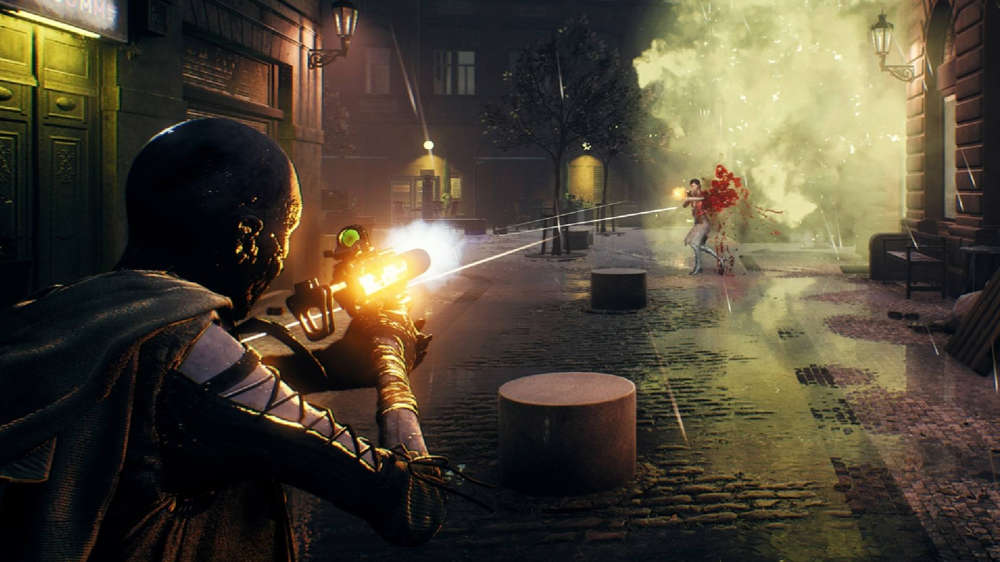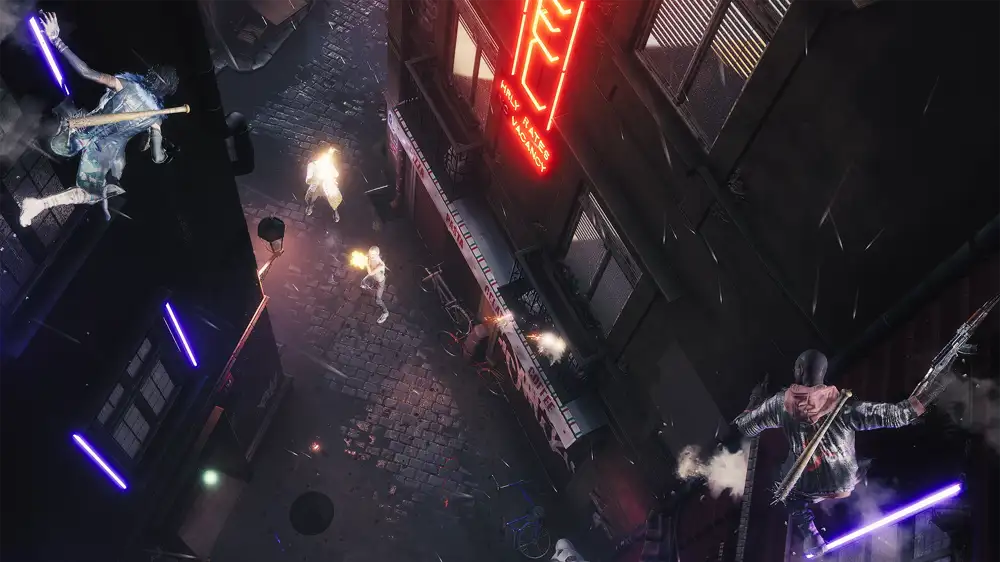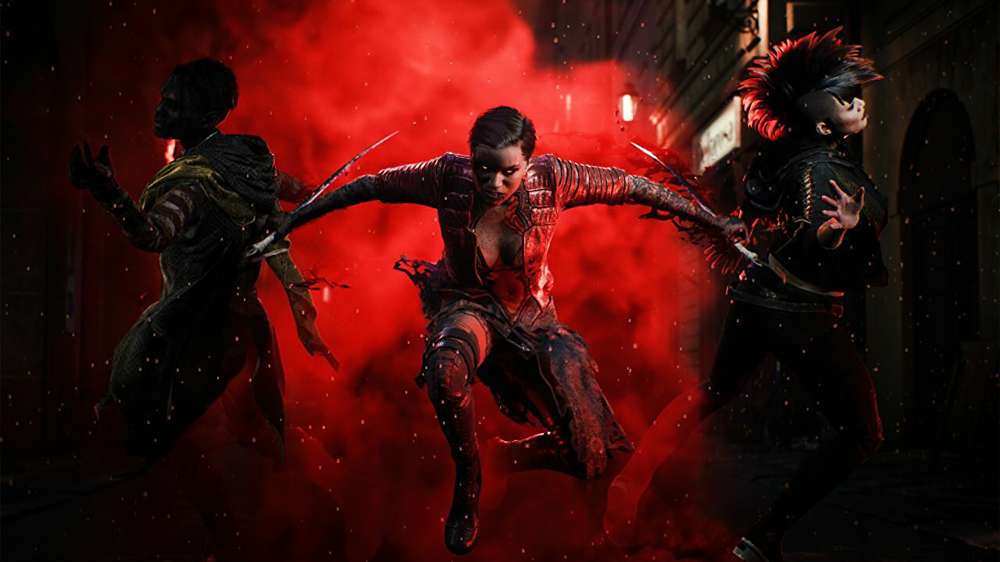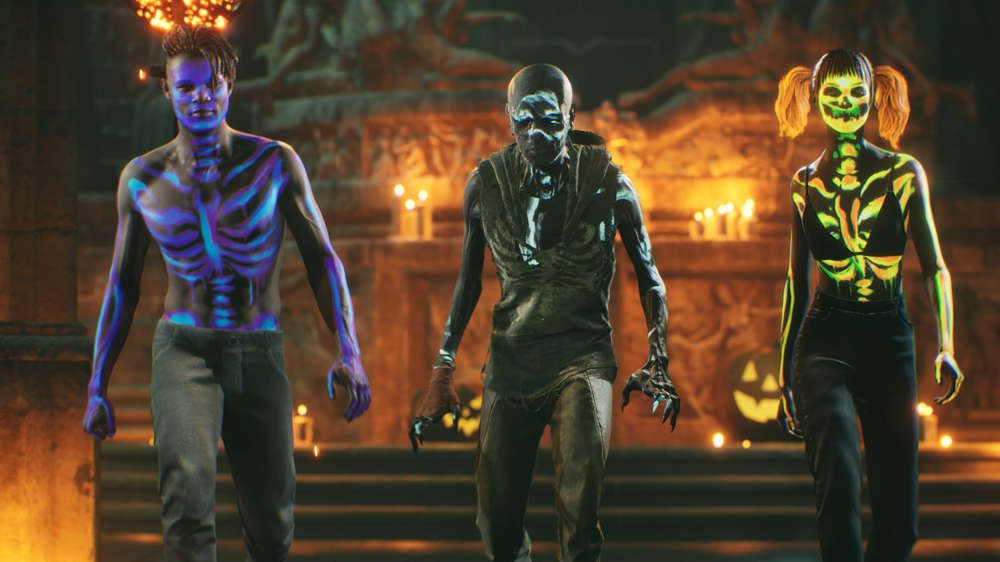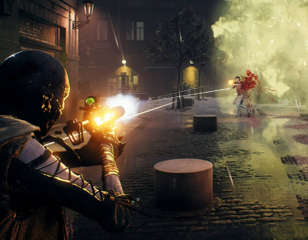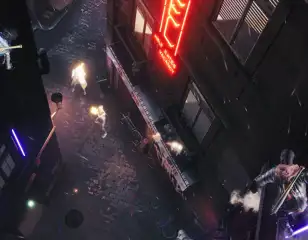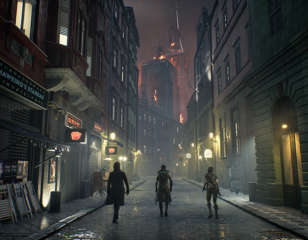
Best Bloodhunt settings on PC for the best performance
If you're diving into the world of Bloodhunt's battle royale, and need a rundown of the best settings for PC, so you can get top performance, we've got all you need.
If you're playing on PC, you may be wondering what the best settings for Bloodhunt on PC are so you can improve your FPS and experience the smoothest gameplay.
Vampire: The Masquerade – Bloodhunt is the latest battle royale to hit the market, and if you want to compete with the other clans of vampire children in the game, you will need the most optimal settings possible.
Best settings for performance
When it comes to changing your individual settings in-game, you'll want to aim for getting the best performance possible. Bloodhunt is a competitive multiplayer game after all, so the smoother everything runs, the easier time you'll have fighting enemy vampires.
There are several settings that are definitely worth changing regardless of your PC's hardware, but for the most part, it will depend on what setup you are running with.
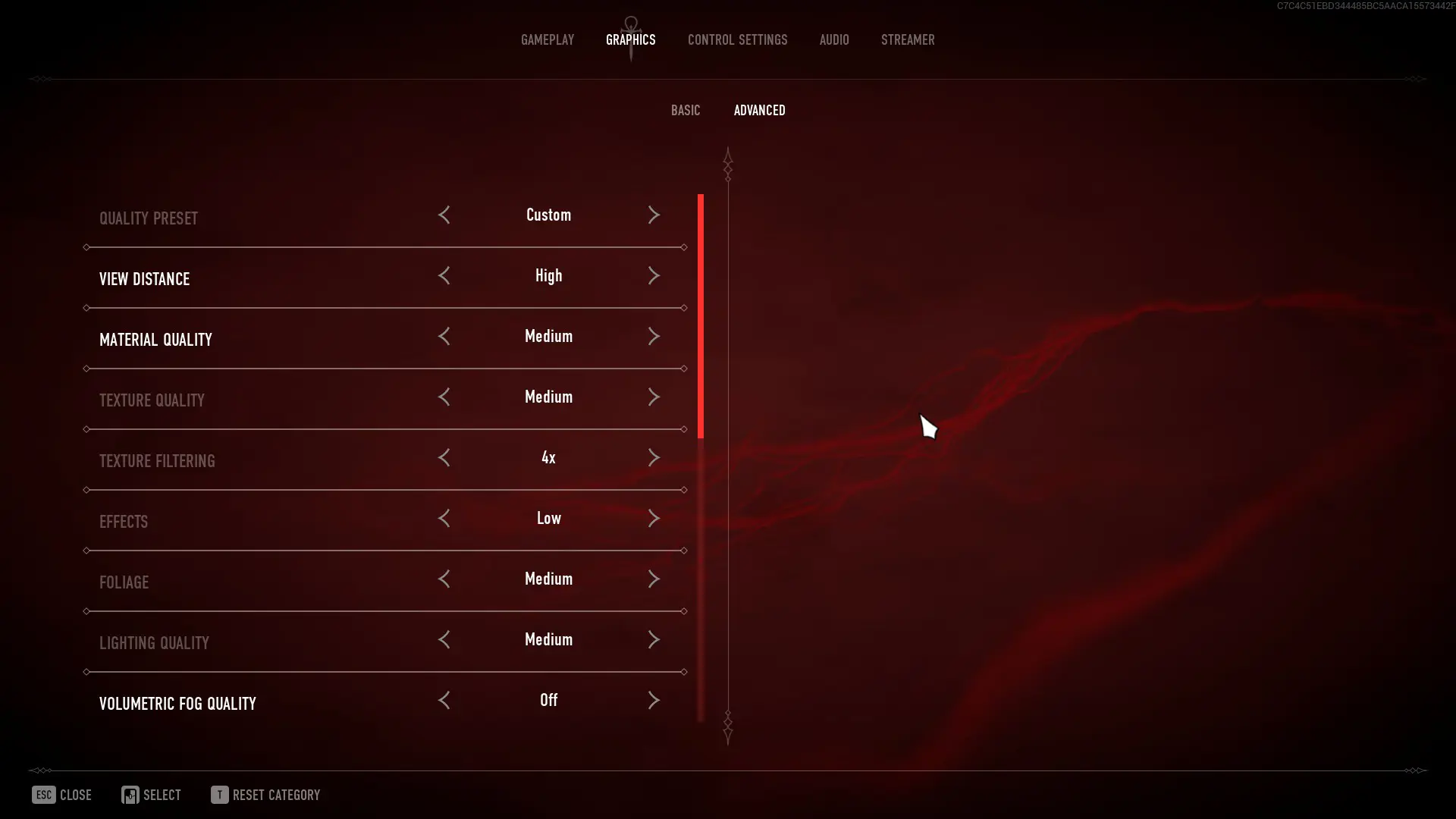
| Setting | |
| Display Mode | Anything other than Full Screen will cause you to drop some frames |
| Resolution | Set it to whatever your native resolution is |
| Enable Vsync | Only enable this if you get screen tearing from higher FPS |
| Frame Rate Limit | This should be 60 at the lowest, unless your PC is far below the recommended specs |
| Resolution Scale | Setting this below the default of 100 can cause the game to look blurry, but changing this is a good option for players really struggling with low framerates |
| View Distance | Setting this to high is the best choice for staying competitive, but it can cause frame drops due to having to render more of the environment |
| Material Quality | Low is the best choice here as it will give you a small FPS boost without changing the quality too much |
| Texture Quality | Medium is perfectly fine, and the game will still look great with this setting, but setting this higher won't change performance massively |
| Texture Filtering | Keeping this on the lower end, at least below 8x, will keep the game looking crisp and doesn't change performance much |
| Effects | Keeping this on low will improve the overall visibility and get rid of unnecessary effects that lower frames |
| Foliage | Doesn't make a big FPS impact, but keeping it low to medium is preferable |
| Lighting Quality | The higher this setting is the less visibility you will have, so keep it low for better performance and a clearer picture |
| Volumetric Fog Quality | Turn this off completely, as it's just another setting that can reduce frames otherwise |
| Ambient Occlusion | This doesn't make a big difference to visuals, but it's another unnecessary setting to keep enabled |
| Screen Space Reflection | This is a big resource hog, so turning it off will net you a decent frame rate boost |
| Shadow Quality | Shadows can be demanding, so keep this to low or medium |
| Anti-Aliasing | FXAA is the better option if you want this enabled for the smoother edges, but turning it off can help performance improve |
| Subsurface Scattering | Doesn't seem to make a difference to performance, but it's another setting you should keep turned off |
| Motion Quality | The most redundant visual setting ever created, keep it off |
| Chromatic Aberration | Another unnecessary setting you can keep off |
| Film Grain | Personal preference, but it's another setting that doesn't add anything of value |
| Bloom | Turning this off will make the game clearer and improve visibility |
| Lens Flare | This isn't a JJ Abrams film, turn it off for clearer visibility |
| Light Shafts | Can help to illuminate players in shadowy areas, but it doesn't make a big performance impact either way |
The above settings will give you a good starting point to test what works for you. We suggest playing a game with these first and then making any adjustments as necessary.
All PCs are different, and a one-size-fits-all approach doesn't really work, so keep experimenting until you are consistently reaching at least 60 frames per second. The game is also optimised fairly well, so you shouldn't struggle too much even on lower-end hardware.
System requirements for Bloodhunt
When considering which settings to use, you should be checking what the minimum recommended specifications are for Bloodhunt, and comparing them to your current hardware.
This should tell you whether you are well within the recommended specs and give you an idea of the sort of quality you should be running with to hit at least 60 frames per second. Here are the officially listed hardware requirements for PC players:
Minumum
| Setting | Best Option |
| OS | Windows 10 64-bit |
| Processor | Intel i5-7400/AMD Ryzen 1300X |
| Memory | 8GB RAM |
| Graphics | NVIDIA GTX 970/Radeon RX 580 |
| DirectX | Version 11 |
| Storage | 20GB available space |
Recommended
| Setting | Best Option |
| OS | Windows 10 64-bit |
| Processor | Intel i7-8700K/AMD Ryzen 5 23600X |
| Memory | 16GB RAM |
| Graphics | NVIDIA GTX 1080/Radeon RX Vega 64 |
| DirectX | Version 12 |
| Storage | 20GB available space - SSD strongly recommended |
For more guides, check out our Bloodhunt homepage, where we have a primer on the crossplay system to play friends on other platforms, and a breakdown of the Archetypes to help you decide which to play as.

About The Author
Tarran Stockton
Tarran is a Senior Guides Writer at GGRecon. He previously wrote reviews for his college newspaper before studying Media and Communication at university. His favourite genres include role-playing games, strategy games, and boomer shooters - along with anything indie. You can also find him in the pit at local hardcore shows.

